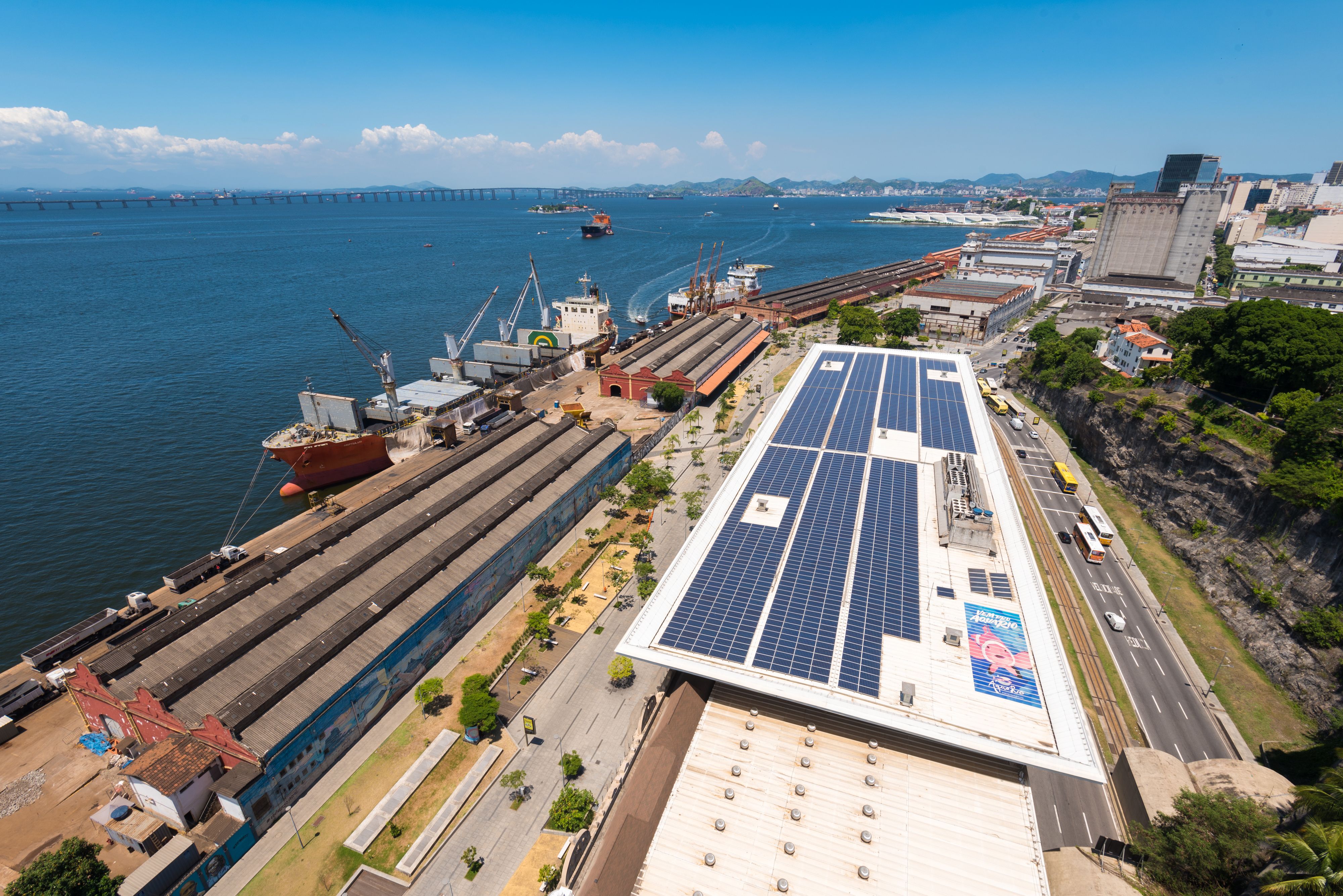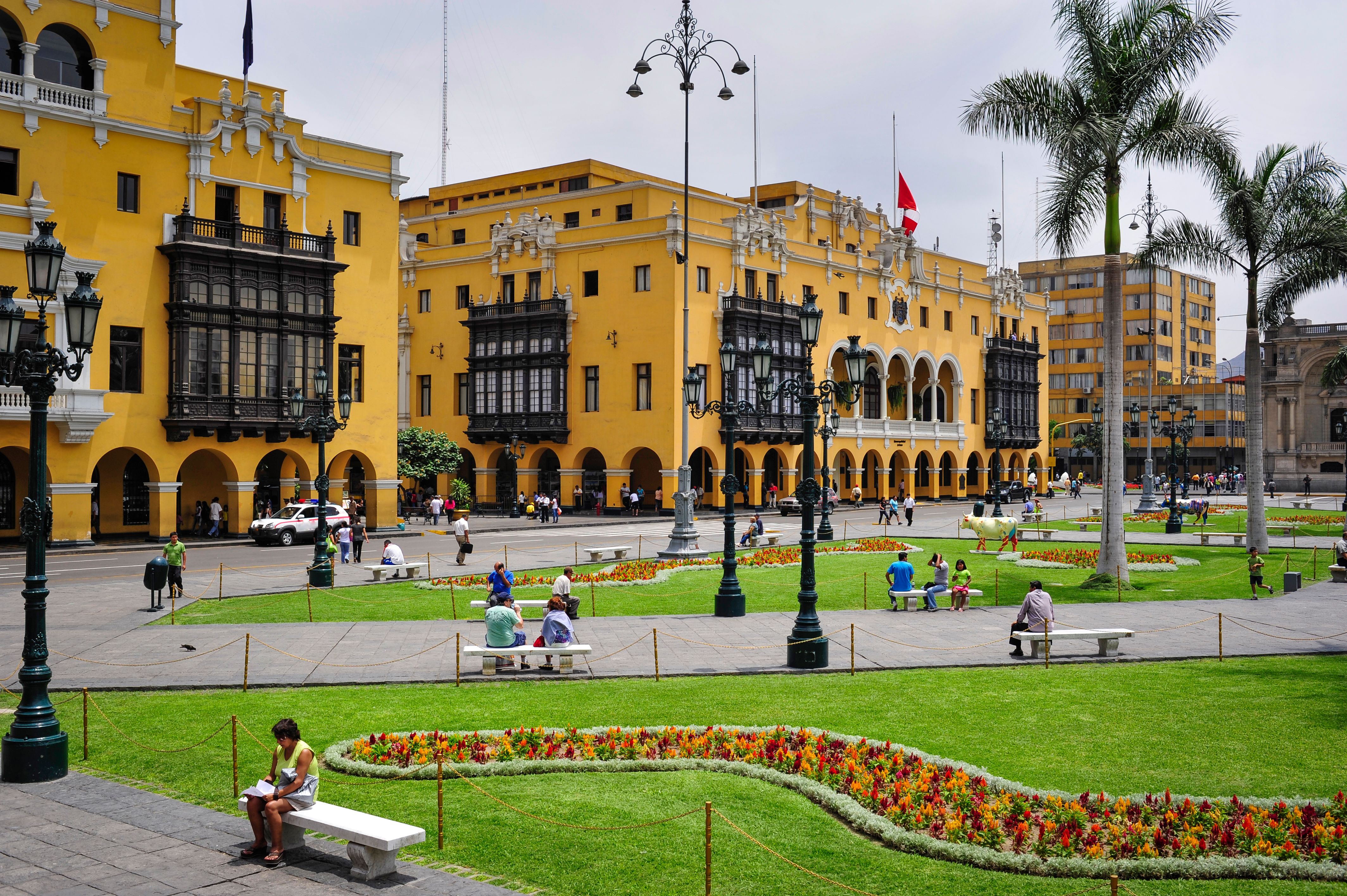What it is
Retrofitting buildings to reduce demand for or eliminate use of natural gas and energy generated by it.

Where can it be used
Energy efficiency improvements can help reduce methane emissions in all homes and buildings that use natural gas for heating or consume electricity generated by natural gas. In South and Central America, 20.6% of electricity is generated by natural gas and 19.4% of homes are heated with it. If buildings use less of this energy, less natural gas will be required to meet demand.
How it works
Retrofits may include improving the performance of the building envelope by adding insulation, changing windows and doors, sealing leaks, or adding a green roof, as well as replacing existing equipment and technology, such as HVAC systems and lighting, with more energy efficient versions. Retrofits may also include installing rooftop solar panels, which can generate solar energy to replace energy from natural gas.
Who’s doing it
Communities across South America have undertaken energy efficiency retrofits and programs to promote them. Initiatives range from retrofits of landmark buildings to larger initiatives that promote retrofits in the building sector more generally.
For example, Ecuador created an environmental recognition program called Punto Verde that is granted to public and private organizations that efficiently use energy, alongside efforts to reduce paper, water, and waste. In Buenos Aires, an energy efficiency programme for public buildings has been in place since 2008 to reduce greenhouse gas emissions and energy use, while the government of Argentina introduced the “Energy Efficiency and Renewable Energy in Social Housing” standard in 2018.

Policy considerations
Laws, policies, and regulations
National and regional governments can adopt strategies, laws, and policies to promote energy efficiency. Local and national decarbonization strategies with energy efficiency goals for buildings can help set the tone.
Mandatory building energy codes, including minimum requirements for energy performance and energy efficiency measures, are a key policy instrument. These can be complemented by building labels and certifications that assess building performance, or benchmarking and disclosure systems that require building owners to conduct energy audits and disclose buildings’ energy performance at regular intervals. Governments can also adopt mandatory energy efficiency labeling, rating, or performance standards for appliances.
Financial and non-financial incentives
National and regional governments can offer tax credits, rebates, grants, subsidies, or loans to households and businesses for undertaking energy efficiency retrofits. They can also work with financial institutions to create lines of credit for sustainable construction and green mortgages for installing energy-efficient features in homes.
Governments can also offer non-financial incentives, such as expediting building permits or allowing developers to build more floors in exchange for adopting energy efficiency measures. Including information about energy use on electric bills can also make people more aware of their consumption, which may prompt them to reduce it.
Programs
Various levels of government can develop retrofit programs, including ones focused on financing, training, and capacity building. Governments may also consider creating programs for bulk retrofits when multiple buildings are retrofit at once—an approach that can provide significant savings on materials.
At the same time, the potential for retrofits is limited by the knowledge and capacity of the local workforce. Working with industry and post-secondary institutions to create training programs to bring the workforce up to speed can tackle this challenge.
Additionally, providing people with information about how to undertake retrofits, as well as lists of contractors and other resources, can help them get started.

Taking leadership
Governments can lead by example by retrofitting national, regional, or municipal buildings, as well as through committing to net-zero standards or emissions caps for public buildings. For example, the municipality of Lima, Peru, chose to retrofit City Hall in order to save on energy costs and raise awareness of the benefits of energy efficiency retrofits among the public.
Quantify and communicate social, economic, and environmental benefits
Building retrofits do much more than reduce emissions. They make buildings more pleasant by improving indoor air quality and temperature regulation, which has been shown to improve worker productivity. They also reduce energy costs, which helps alleviate energy poverty, enabling low-income households to no longer spend a disproportionate amount of their income on energy costs. Additionally, retrofits create jobs in the construction sector. By educating building owners about these benefits, policymakers can catalyze action.
The informal sector
Regulating the informal construction sector has been challenging for countries across South America. Given the scale of the informal construction sector in the region—in some cities, the majority of homes are built informally—governments must develop policies focused on engaging the sector.
Resources
C40 Cities has developed guidelines and recommendations for developing a roadmap for net zero carbon buildings in Latin America.
C40 Cities has developed case studies and policy recommendations on the Benefits of Retrofitting of Buildings in Latin America.
The Getting to Zero in Latin America: Decarbonizing the Building Sector by 2030 report prepared for the Inter-American Development Bank discusses approaches that different levels of government can use to promote energy efficiency, along with case studies.